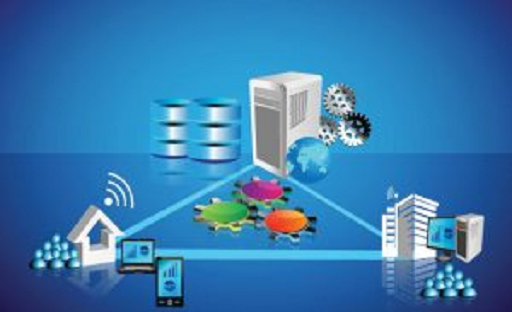How To Protect Your Software
Protecting software from unauthorized access is an important task for any business due to the serious harm breaches can cause to the reputation of a business and customers whose data might become compromised. These tips can help you protect your business software from unauthorized access.
Limit Access
Zero trust policies limit access to software to only the people and programs that must have it. It removes automatic access and assumes that all traffic, whether internal or external, can not be trusted unless it receives prior authorization. This helps prevent or limit intentional or unintentional breaches of security that originate from within your organization. Without zero trust policies, an employee, such as a data wrangler, who does not follow security protocols could maliciously or accidentally expose your entire network to a breach. With zero trust policies in place, the breach is limited to only the systems the employee has prior authorization to access.
Keep Software Updated
Hackers often gain access to systems by exploiting security weaknesses in software. To prevent this, software companies frequently release updates to fix known security flaws. If you do not keep your software updated, then you may miss these fixes and leave your software vulnerable to unauthorized access.
Install Anti-Virus and Anti-Malware Programs
Any device that is connected to the internet is at risk of being infected by viruses and malware. Anti-virus and anti-malware programs can identify and block many of the most common threats. These programs do not make your systems invulnerable to attack, but they can reduce that vulnerability.
Do Not Click on Unfamiliar Links
A common technique employed by hackers is to disguise malicious websites or software downloads as beneficial links. If you are not 100% sure that a link is safe, verify that it goes where it claims to go before you click on it. You should be able to see the target URL by hovering over the link with your mouse.
Run Virus Scans on External Storage Devices
External storage devices, such as external hard drives and flash drives, can be vectors for viruses and malware. Run a virus scan on all external storage devices before accessing them.
Check for HTTPS on Websites
HTTPS protocols help protect your information from being intercepted by malicious parties while your data is in transit. Whenever you are on the internet, check to see if the site you are using is using HTTPS before you submit any information. Sites that use HTTPS should display a lock symbol in your browser’s address bar.
Turn Off Bluetooth If You Aren’t Using It
Bluetooth can create an unnecessary access point that hackers can exploit to gain entry into your system. If you are not using any Bluetooth devices, disable Bluetooth connections on your network.
Back Up Important Data
You could lose important data if a security breach happens. Store a backup of your important data in a separate offsite location, such as in the cloud, so that you can restore any lost data.
Do Not Open Suspicious Emails
Emails are frequently used by hackers to attempt to gain access to systems through phishing scams. In a phishing scam, a malicious party pretends to be a trusted source, such as a major bank, in an attempt to gain information, such as login credentials, from an unsuspecting user or get the user to click on links that download malicious software.
Train Employees
Employees can unwittingly be a source of security weaknesses if you do not train them on security best practices. Establish a security policy, train your employees on it and make sure they follow it at all times. Teach employees to recognize common threats, such as phishing emails. Make sure employees use strong passwords and do not write down or reuse their passwords anywhere.
Security threats can not be eliminated. However, establishing good security practices can reduce the threat of a breach occurring and minimize the amount of damage done if a breach does happen.
































